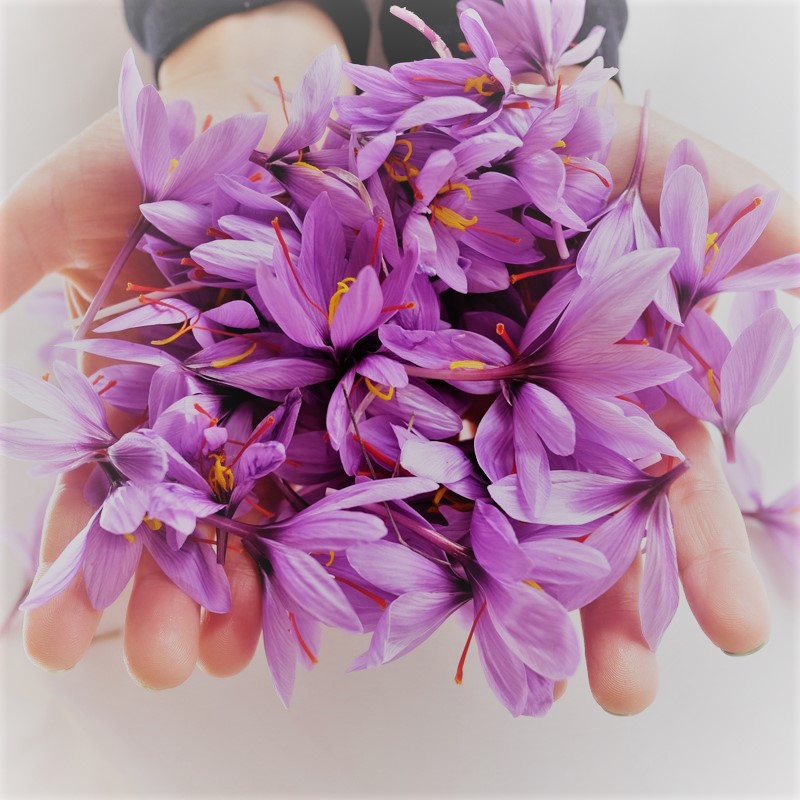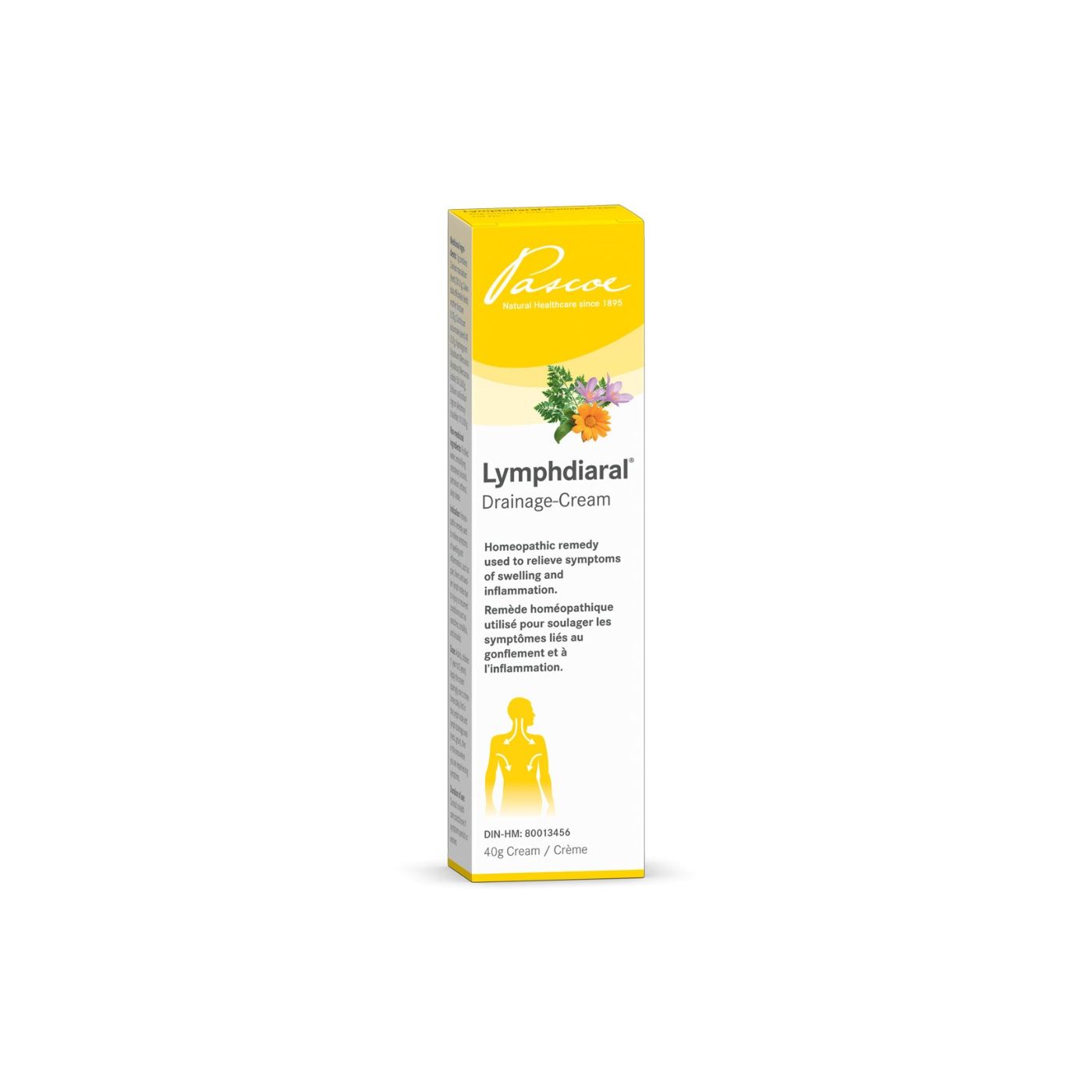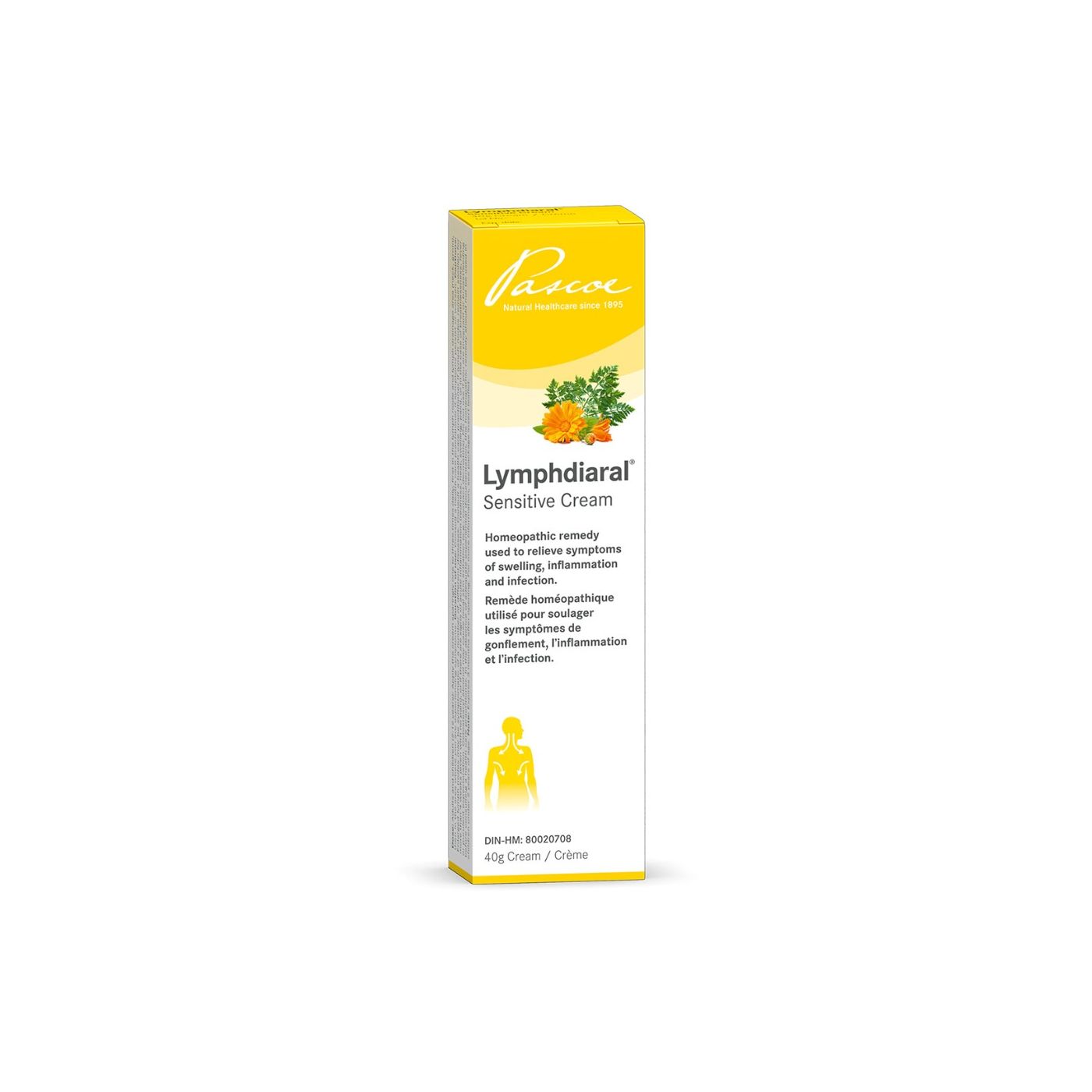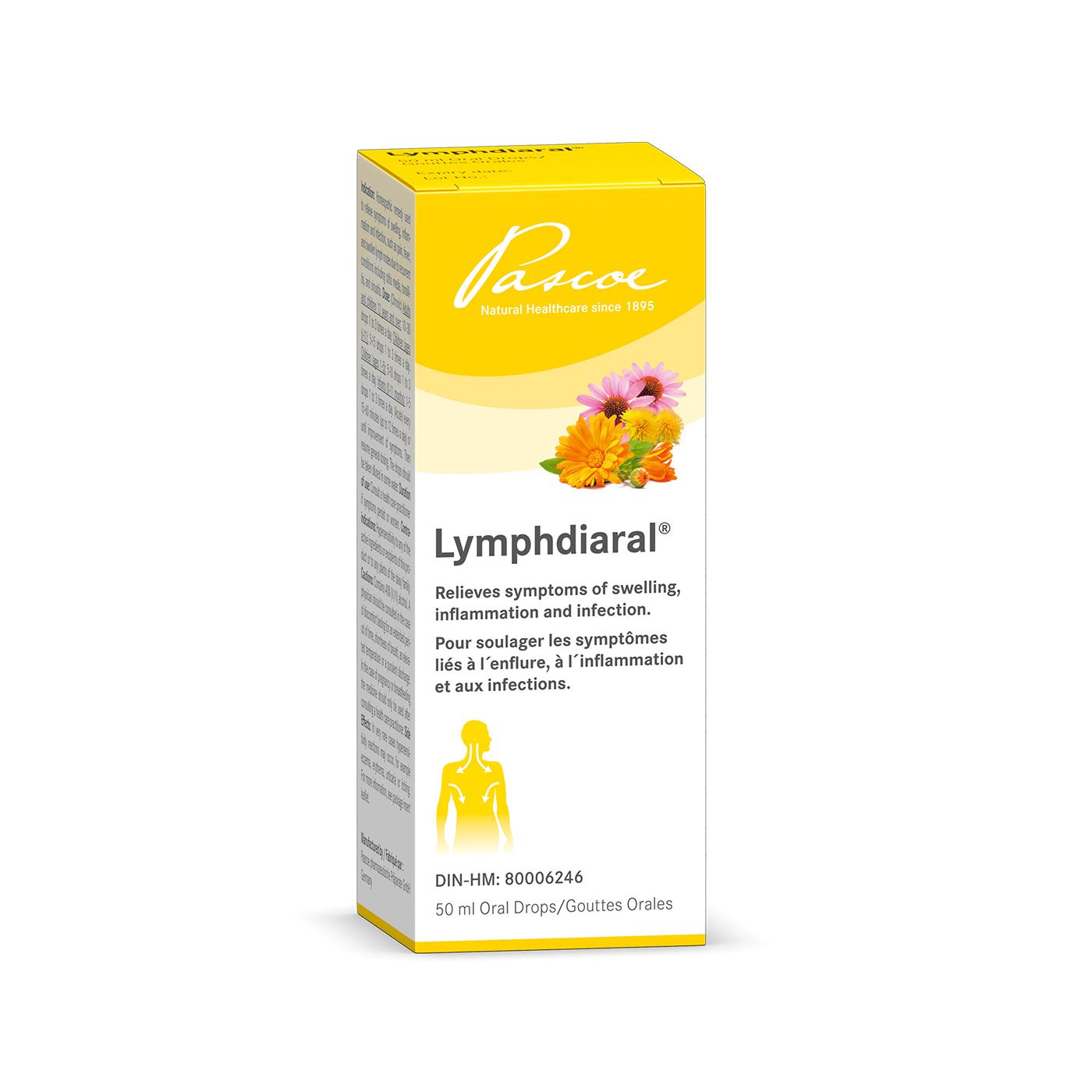All you need to know about Saffron as a healing spice
Crocus sativus is set equal to aromatic, expensive and mood-elevating.
Most know this spice from aromatic and delicious foods, such as “Risotto Alla Milanese'', or from cakes and cookies, some even from Saffron tea. It is more recognized first through the gold yellowish colour and an indescribable aroma, sweet and heavy. Saffron is known to be cultivated mostly in the Mediterranean, East Asia and the Iran-Turanian area.
Hand-harvested from orange filaments of the bluish-purple autumn crocus, Crocus Sativa, is one of the most expensive culinary spices used now a days.
Saffron-Yellow
"Saffron“is derived from the Arabic "zaʿfarān“ meaning "the yellow“. The colour of the Saffron is so strong and still visible in a dilution of 1:100.000. That’s why not as much is needed from this beautiful spice to get a great culinary result in the kitchen.
Saffron was mentioned in early Greek imitating and getting a golden script. Some 3600 years old Minoan friezes (wall paintings) show how the Saffron was used and treasured.
Luxury spice: Harvesting by hand makes it expensive
The elaborate harvesting of Saffron makes the spice one of the most valuable ones aside from Vanilla. There are 200,000 crocus flowers needed just to get 1 kilogram of the Saffron threads(styles).


To cultivate this number of flowers, there are at least 10.000 qm2 necessary. Only 60 to 80 pro days can be expected to be harvested per person. The price mirrors the labour and the hard work.
How to recognize the good and pure quality from the mixed kind?
As with everything else, if you got something expensive, you can for sure find a replica in the market. So how to distinguish between the rare and good quality and what is offered cheaper and not so pure?
The surest way to not pay too much for a replica is to buy the threads vs. the ground Saffron. Some ground Saffron is stretched out with yellow spices, such as turmeric, hard to recognize when you look at it. But when you dissolve the Saffron with Natron you will get a red and cloudy solution. Whereas the true Saffron is golden yellow and clear.
Some thistle plants such as Safflower can give a similar colour as Saffron. A reason why it is mixed with Saffron is to imitate the colour. The colour intensity is visibly less than the true Saffron, aside from the aroma, the colour is an indication for the Safran connoisseurs.
Where is the origin of Saffron and can you cultivate it in your backyard?
Around 200 tons of Saffron is produced in a year- about 90% of it is exported from Iran. However, Saffron can be found in other parts of the world, such as Spanish Saffron, which is used for the Paella, or from Afghanistan, Kashmir or any other region around the Mediterranean.
Saffron is being cultivated in other parts of the world because of its high demand for export. There is a certain distinguishable difference in its intensity (crocin content) depending on where it has been growing, probably a testimony to the climate or the soil.
King Of Spices
Saffron finds its incomparable place in recipes for example in Paella, Risotto, Lucsskatter (special traditional Swedish Saffron buns baked for the Santa Lucia day in Sweden). Usually, it is either the already ground form used or the strings which then must be ground before using.
To make it properly, a few strings are ground with sugar in a hand mortar, add warm water and leave it to find a reddish colour. That’s how the essential oils, especially the Safranal, are released before being mixed in the recipe.
Tumeric Benefits
Although saffron is one of the most expensive spices, a considerable affordable substitute is turmeric. Turmeric with of course it’s most active compound, curcumin have many significant benefits.
The benefits of turmeric are used as an anti-inflammatory and antioxidants. Turmeric and curcumin are great to help prevent or control inflammation that arises within the body.
Saffron and Health
It seems that Saffron can have some health benefits as well. A new scientific study shows that Saffron extracts are great for mood-enhancing and act against nervous conditions. Although, these findings need additional research before it can be an approved claim for the beautiful Saffron.
If these are spices that you do not cook with regularly they all come in dietary supplementations such as :
- Saffron supplement
- Turmeric supplement
- Curcumin supplement
Saffron Healing Benefits
1- A powerful antioxidant: Saffron contains an impressive variety of plant compounds that act as antioxidants. Molecules that protect your cells against free radicals and oxidative stress.
2- Mood balancing: Saffron is nicknamed the “sunshine spice”. That’s not just due to its distinct colour but also because it may help brighten your mood like a full sun. Can help with mild to moderate depression.
3- Weight loss: Has been shown to reduce snacking and curb your appetite. In addition, these behaviours may help in weight management.
Normal dosage, saffron is generally safe with little to no side effects. However, it is always important to consult your health care practitioner for medical advice.
Disclaimer
Pascoe Canada does not offer health or medical advice as we are not a healthcare practitioner. Please speak with your healthcare practitioner before beginning any program related to nutrition, diet, exercise, fitness, medical, and/or wellness. All content published by Pascoe Canada is developed through collaborating with licensed medical professionals and contributors. This includes text, graphics, images, and other material on the website, newsletter, and products (“Content”). This content is for informational purposes only and does not constitute medical advice. The content does not substitute professional medical advice, diagnosis, or treatment. Please always do your own research on whether this is for you along with your healthcare practitioner advice. Always consult your healthcare practitioner prior to using specific herbs because you might have underlying conditions that need professional care. The content is general in nature and is subject to change. It is not intended to cover all possible uses, directions, precautions, warnings, drug interactions, allergic reactions, or adverse effects.






